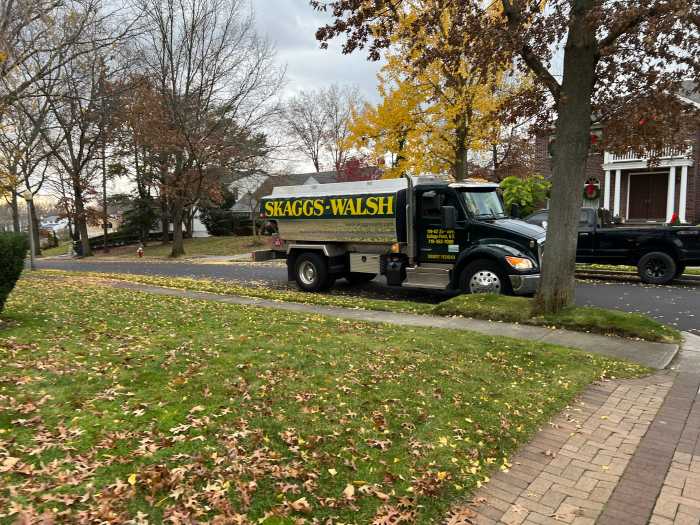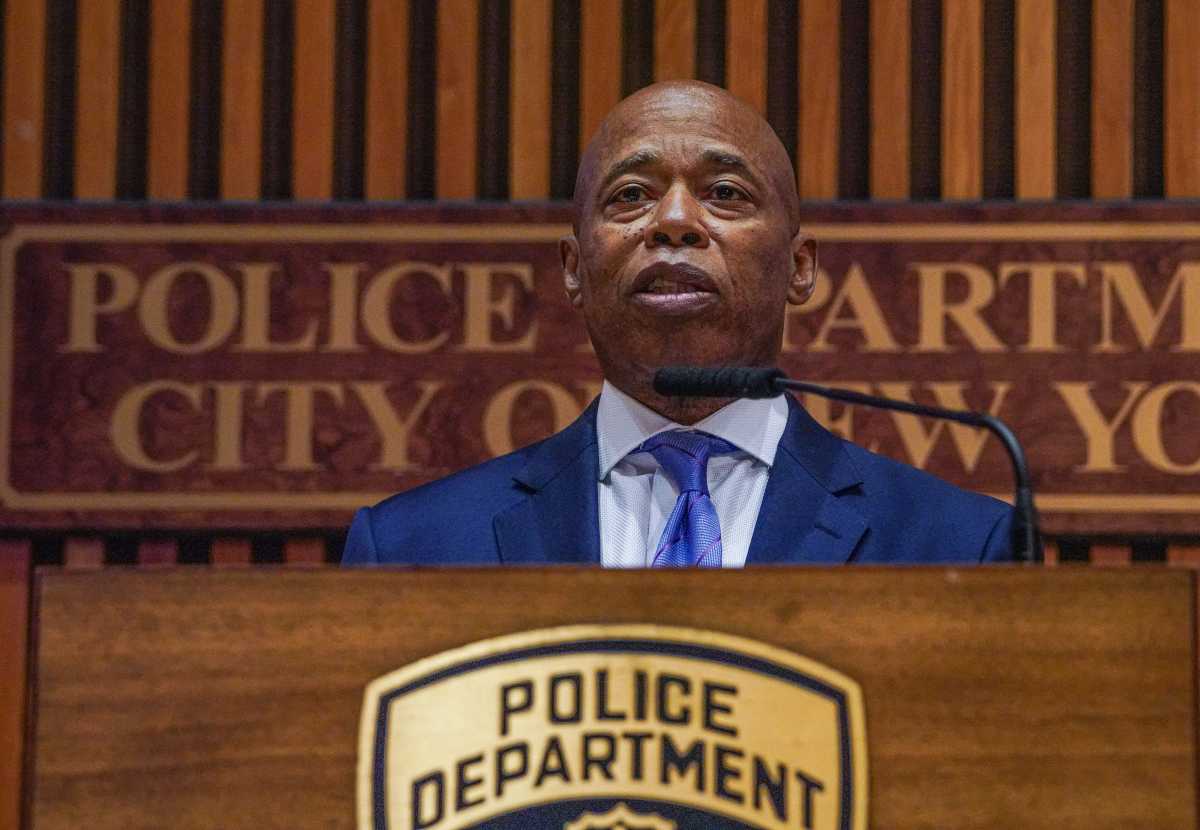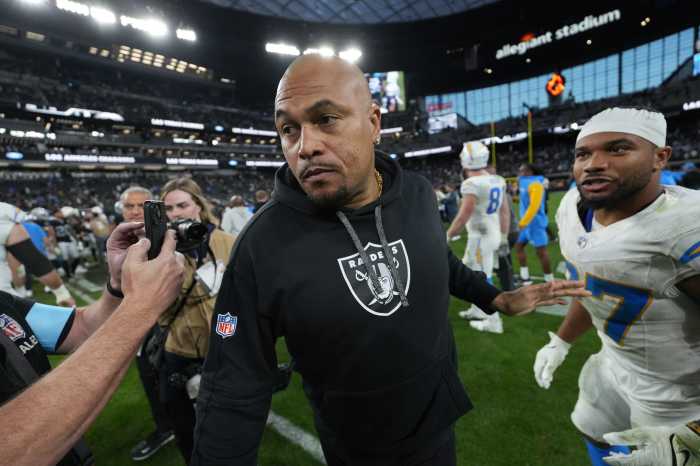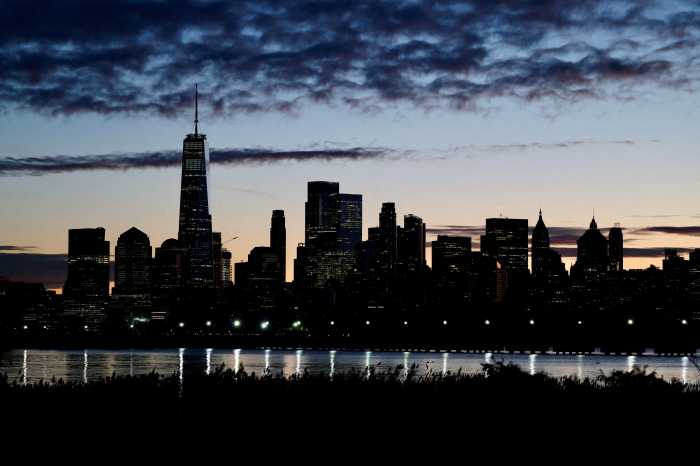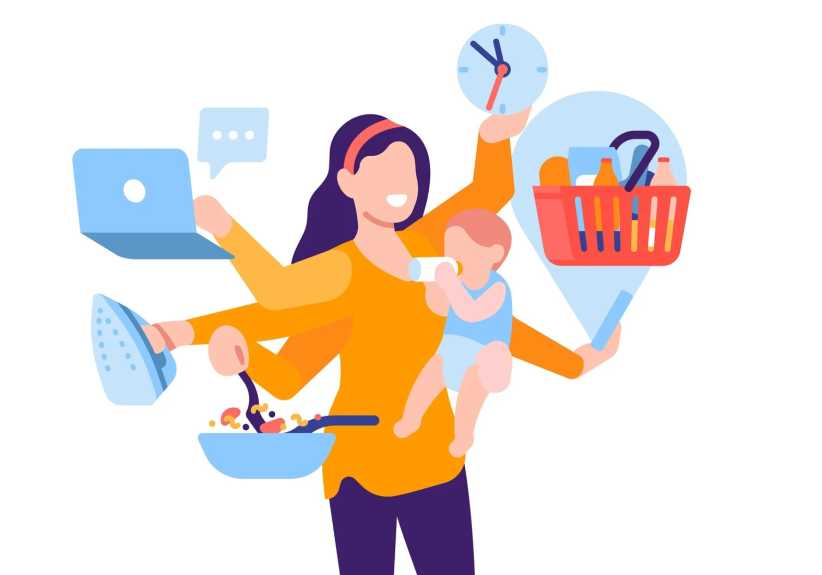Mayor Adams’ “City of Yes” initiative might sound promising, but for many New Yorkers, it raises a big question: are we turning our beloved city into a chaotic mess? While fostering economic growth is important, shouldn’t it come without sacrificing our neighborhoods’ character and residents’ well-being? Let’s take a closer look at some potential downsides of “City of Yes” that deserve more attention.
Unchecked Development and Uncertain Futures:
Imagine bustling massage parlors and late-night corner stores popping up on your quiet street corner. The “City of Yes” could turn peaceful residential areas into commercial zones, driving up noise, traffic and congestion. This rapid, unregulated development could also push property values and rents sky-high, displacing long-time residents who can no longer afford their own homes. Remember the recent uproar over migrants at Creedmoor? They’re just one example of our Eastern Queens communities worried about losing their cherished sense of suburbia.
Silencing Neighborhood Voices:
Say goodbye to community input under “City of Yes.” The plan aims to fast-track development approvals, potentially sidelining vital public review processes like ULURP (Uniform Land Use Review Procedure). This means projects would be decided behind closed doors, ignoring the needs and concerns of residents who know their neighborhoods best. Remember, lively street-level retail is great, but not if it means towering apartment complexes built right on top, casting shadows and squeezing out green spaces.
Prioritizing Profits over People:
Let’s be honest, “City of Yes” seems to favor developers and corporations over ordinary residents. Streamlined approvals and relaxed regulations could open the door for projects that prioritize profit over community well-being. Imagine cookie-cutter storefronts replacing local businesses, or parking lots replacing playgrounds. These might bring in more tax revenue, but at what cost to the soul of our neighborhoods?
A Better Way Forward:
We can support economic growth while protecting our communities. Instead of a rush to “Yes,” we need a balanced approach that prioritizes responsible development. This means ensuring safeguards against displacement, preserving community input and focusing on projects that benefit residents, not just developers. Let’s demand responsible development that respects our neighborhoods, preserves green spaces and strengthens our sense of community.
Conclusion:
Saying “No” to “City of Yes” doesn’t mean saying no to progress. It means saying yes to thoughtful, mindful development that puts people first. We deserve a city that thrives while embracing its diverse communities, not one that sacrifices our neighborhoods for quick profits.
Our voices matter. This is not just about saying “No” to the “City of Yes,” it’s about demanding the future we deserve. Here’s what you can do:
- Contact your elected officials. Let them know your concerns about the “City of Yes” and urge them to advocate for responsible development that prioritizes community well-being.
- Join a local civic group. Connecting with others who share your concerns can amplify your voice and give you access to resources and support.
- Attend public hearings and meetings. Make your voice heard in person by participating with your civics, community groups and elected officials in official discussions about development plans.
- Share your story on social media. Spread awareness and encourage others to get involved by using the hashtag #Saveourcommunity and tagging your elected officials.
George Peters of Bellerose is a retired commercial real estate professional with a longstanding passion for local development.


